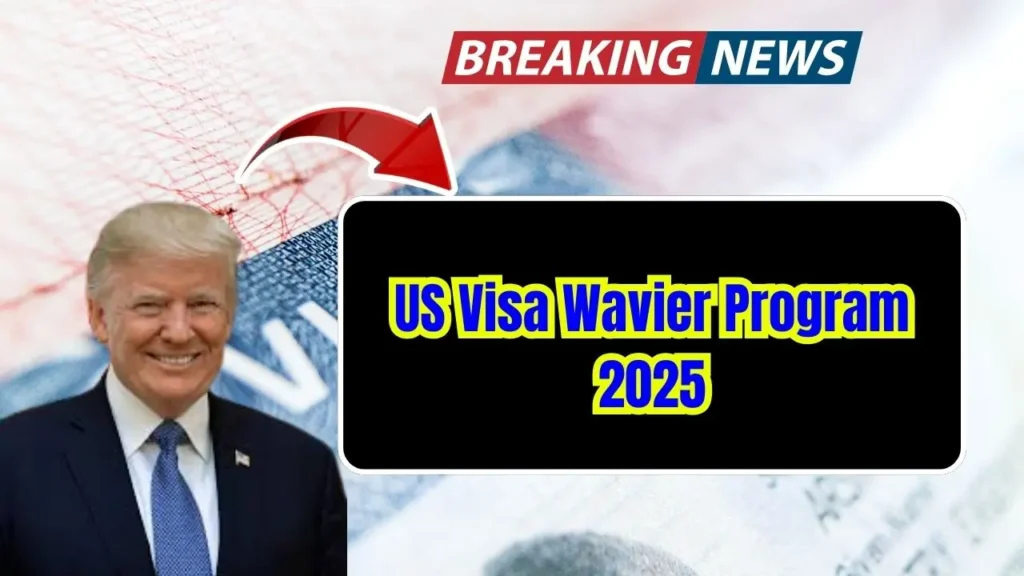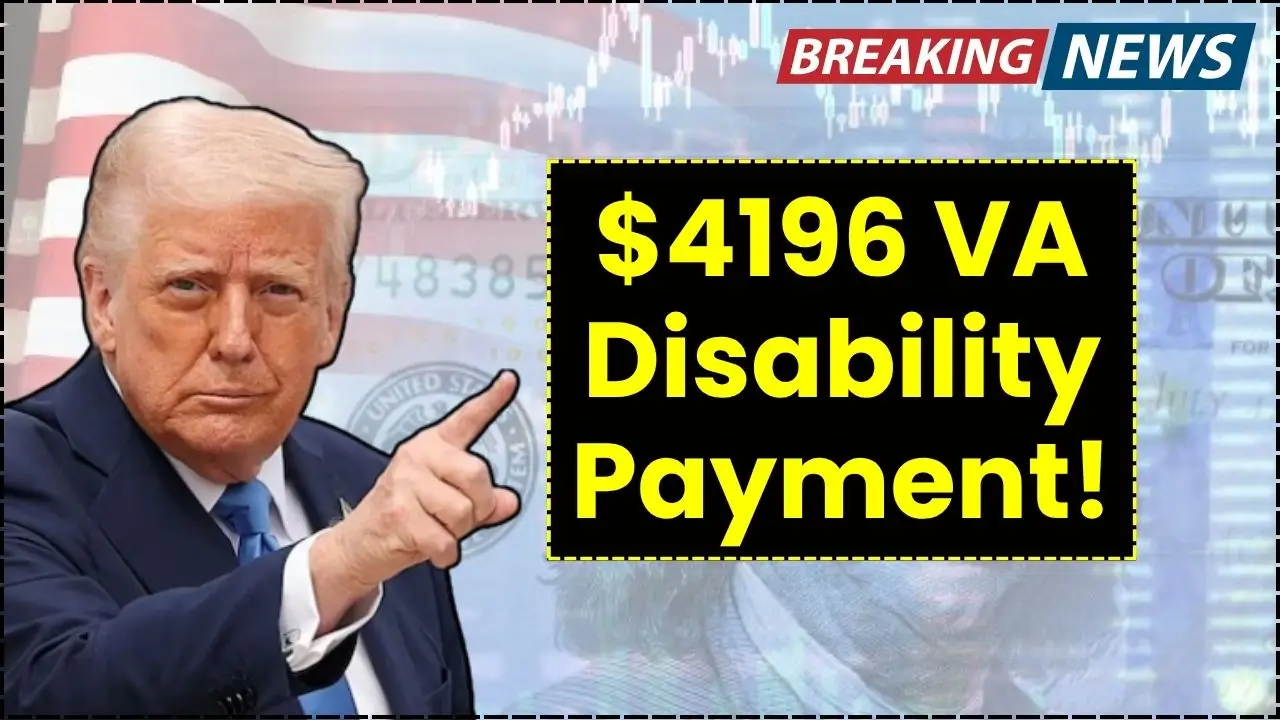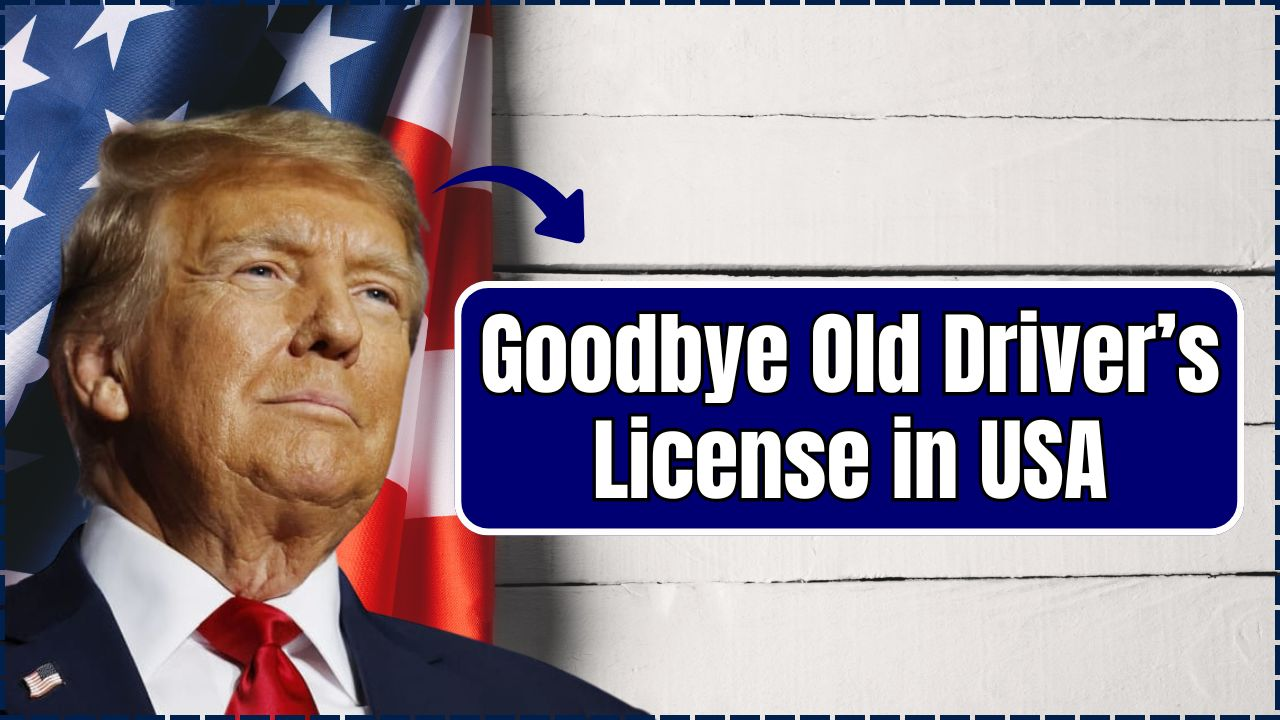The U.S. Visa Waiver Program (VWP) offers eligible nationals of select countries the opportunity to travel to the United States for tourism or business without needing a visa. This program, designed to simplify travel and boost international relations, allows stays of up to 90 days. As the 2025 application cycle approaches, prospective travelers must be aware of the updated requirements, eligibility criteria, and essential application steps.

US Visa Wavier Program 2025
| Key Fact | Detail/Statistic |
|---|---|
| Eligibility Criteria | Citizens from 40+ countries eligible |
| Duration of Stay | Up to 90 days for tourism or business |
| Required Authorization | ESTA (Electronic System for Travel Authorization) required |
| Travel Purpose | Tourism, business, or transit only |
| 2025 Changes | New updates on digital entry and expanded security measures |
The U.S. Visa Waiver Program continues to be a valuable resource for travelers wishing to visit the United States quickly and efficiently. With updated guidelines for 2025, the program remains an essential tool for tourism and business exchanges. However, prospective travelers should carefully follow application procedures and stay informed about any changes to security protocols. Travelers planning their 2025 trip to the U.S. should ensure they meet all requirements well ahead of their departure date.
What Is the U.S. Visa Waiver Program?
The U.S. Visa Waiver Program (VWP) enables nationals from designated countries to visit the U.S. for short-term purposes—specifically tourism, business, or transit—without applying for a traditional visa. The program allows stays of up to 90 days, and travelers must obtain an ESTA (Electronic System for Travel Authorization) before departure.
First introduced in 1986, the VWP was designed to encourage international tourism and foster stronger economic ties between the United States and its allies. As of 2025, the VWP covers over 40 countries, including most European Union member states, Japan, South Korea, and Australia, with more countries potentially added in the future.
Key Eligibility Criteria for the 2025 Application
To qualify for the U.S. Visa Waiver Program in 2025, travelers must meet specific criteria:
- Nationality: The applicant must be a citizen of a VWP-approved country.
- Purpose of Travel: The trip must be for tourism, business, or transit. Other travel reasons, such as study or employment, require a visa.
- Travel Authorization: Travelers must apply for an ESTA at least 72 hours before their planned departure. ESTA approval generally lasts for two years, but travelers must ensure their passport remains valid for the entire duration of their trip.
- Previous Visa Violations: Applicants with prior violations of U.S. immigration laws may not qualify for the VWP.
What’s New in 2025 for VWP Applicants?
In 2025, there are several key updates to the Visa Waiver Program that applicants should be aware of:
- Digital Entry Requirements: The U.S. is implementing new technology to improve border security and streamline the entry process. Travelers will need to submit biometric data at entry points, which could affect wait times at airports.
- Expanded Security Measures: Following recent global security concerns, the U.S. has enhanced its screening procedures. Applicants may be required to undergo additional background checks during the ESTA application process.
- Increased Focus on Cybersecurity: Travelers may face more scrutiny regarding digital devices they carry during their trip to the U.S. The U.S. government has emphasized its commitment to countering cyber threats, including potential data theft or terrorism.
How to Apply for the U.S. Visa Waiver Program in 2025
Applying for the Visa Waiver Program in 2025 is straightforward but requires attention to detail:
- ESTA Application: The first step is to complete an online ESTA application. This can be done through the U.S. Customs and Border Protection website. The application requires basic personal information, travel details, and a series of security questions.
- Passport Requirements: Ensure that your passport is valid for at least six months beyond the planned departure date. If it’s due for renewal, be sure to apply for a new one before submitting your ESTA request.
- Application Fees: The ESTA application requires a small processing fee. As of 2025, the fee remains at $14 USD.
- Approval Time: ESTA approval usually comes within minutes, but travelers are encouraged to apply at least 72 hours before their departure date to allow for any unforeseen delays.
What to Do if Your ESTA is Denied?
While most applicants are approved for the Visa Waiver Program, there are instances when an ESTA may be denied. Reasons for denial include previous overstays in the U.S., past criminal convictions, or errors in the application form. If your ESTA is denied, you have two options:
- Apply for a B1/B2 Visa: If you can’t travel under the VWP, the next best option is to apply for a standard U.S. tourist visa (B1/B2). The application process for a B1/B2 visa can be lengthier and requires an interview at a U.S. embassy or consulate.
- Appeal the Decision: In rare cases, travelers can appeal a denied ESTA, although success is uncommon. Consulting with a legal expert in U.S. immigration law may provide clarity in such instances.
$2000 Direct Deposit for US Citizens: Check Eligibility Criteria and Payment Details
New US Driving License Rules from October 2025: How to Stay Safe?
Potential Risks of Overstaying on the VWP
Overstaying your 90-day limit under the U.S. Visa Waiver Program can result in significant consequences. First-time overstays may face entry bans of up to three years, while longer overstays could result in permanent bars from entering the U.S. If you anticipate needing more than 90 days in the U.S., it’s vital to apply for a visa through the traditional process before your VWP stay expires.













 Claim Here!
Claim Here!